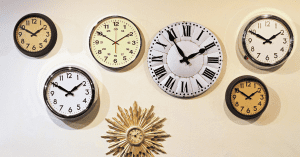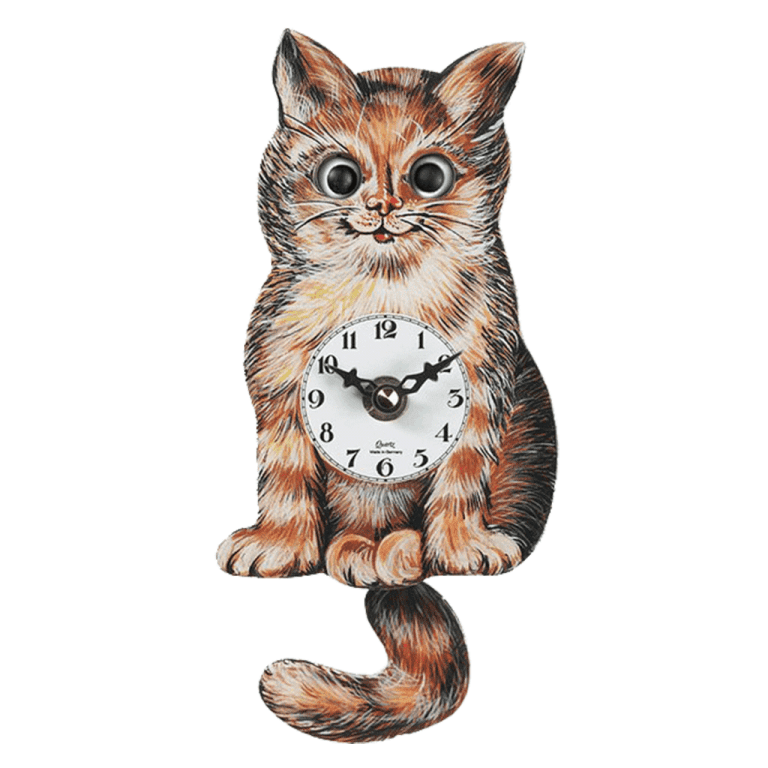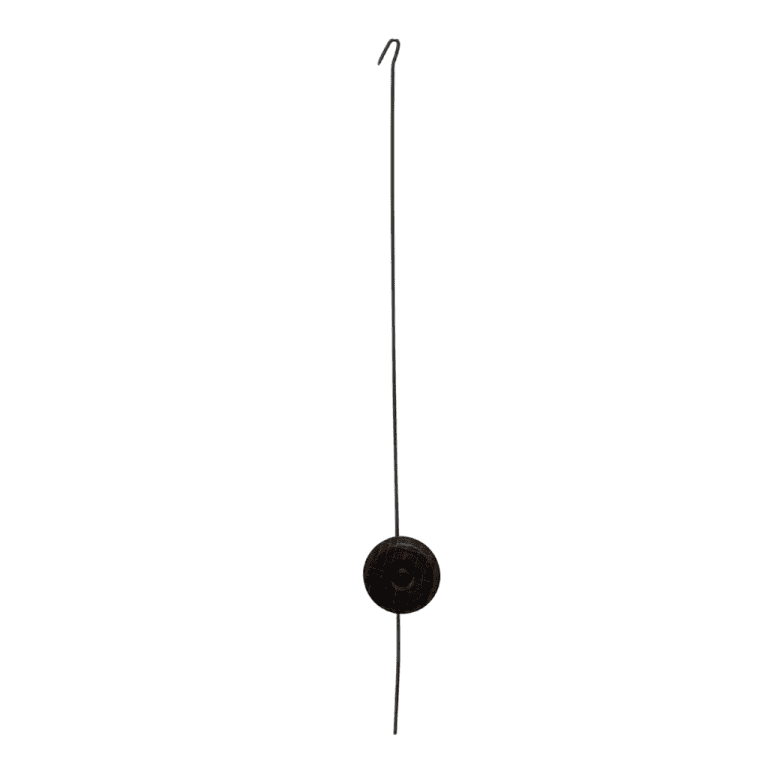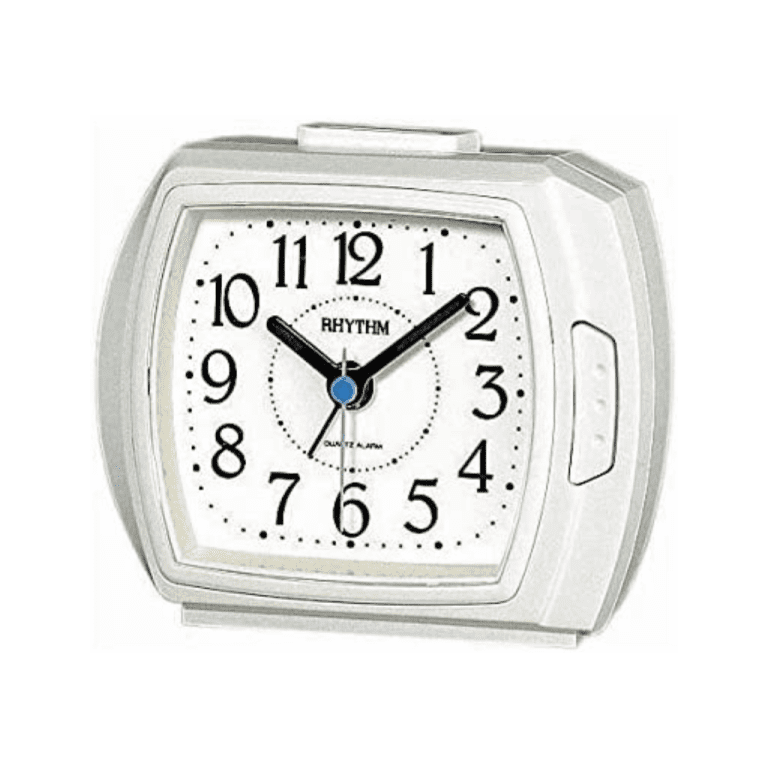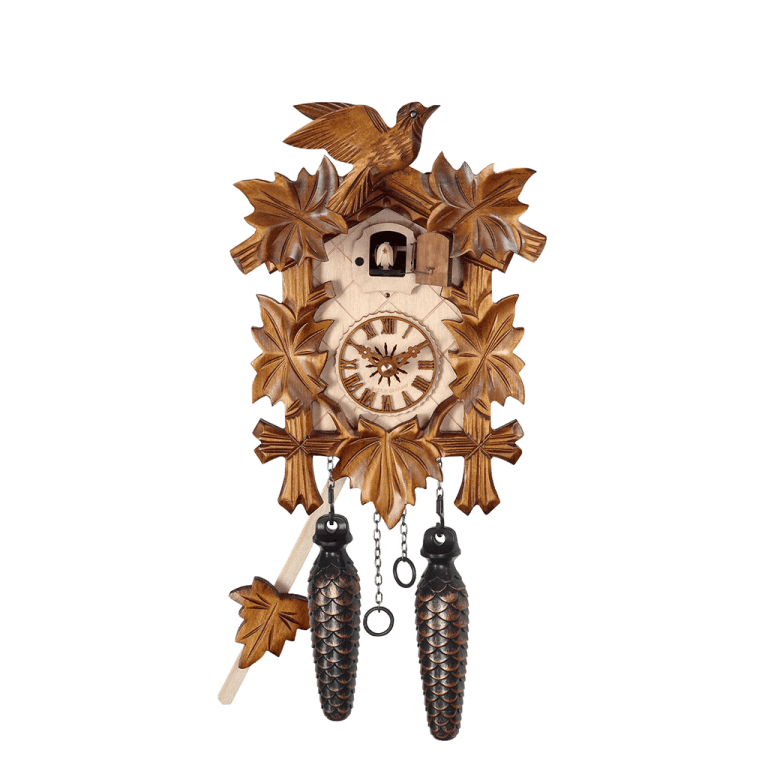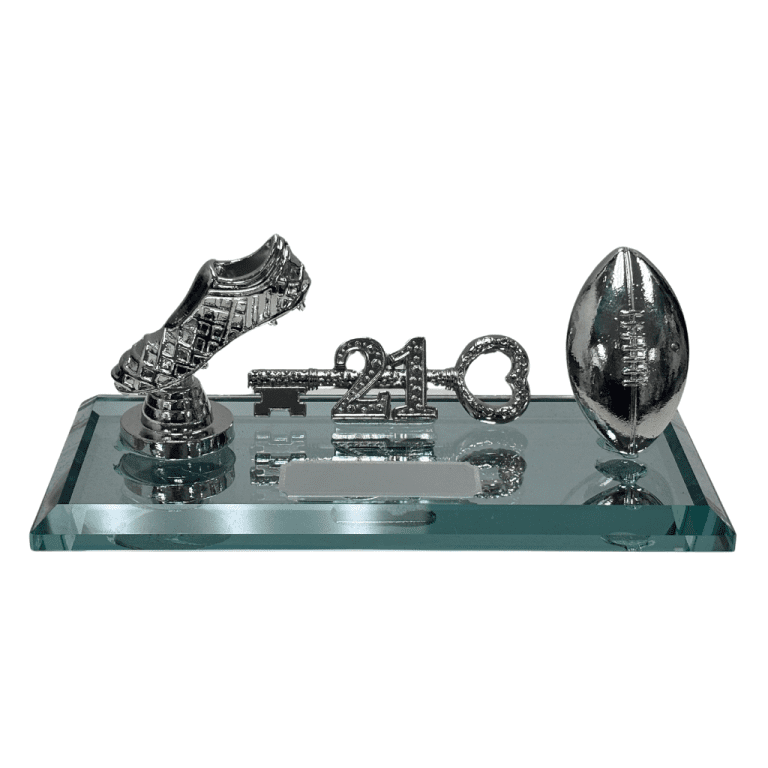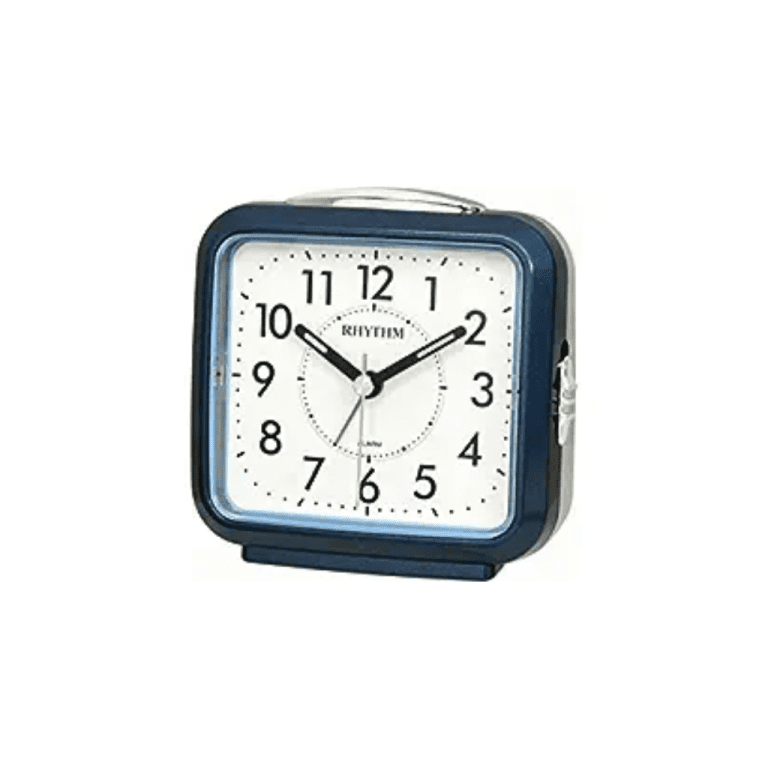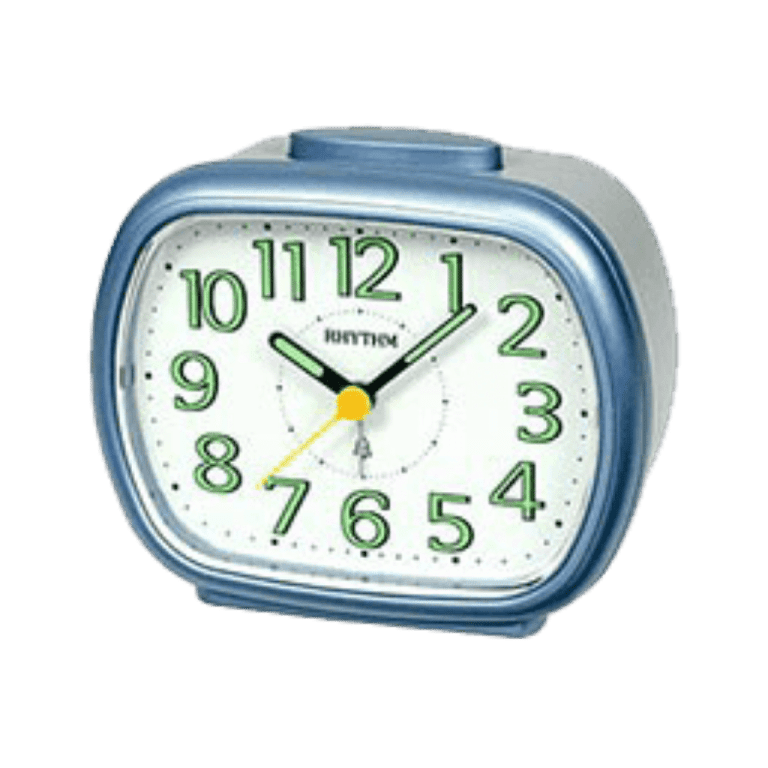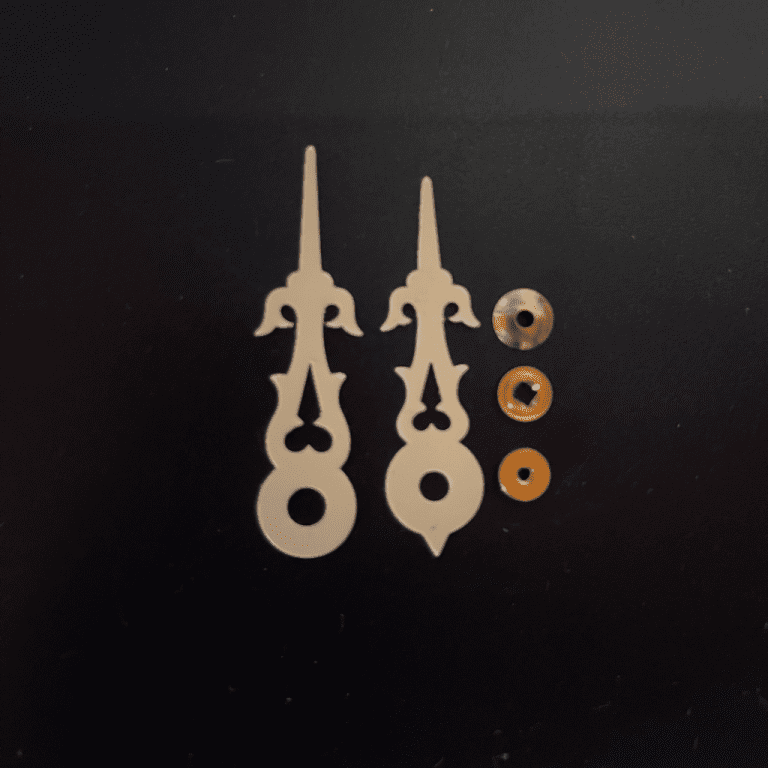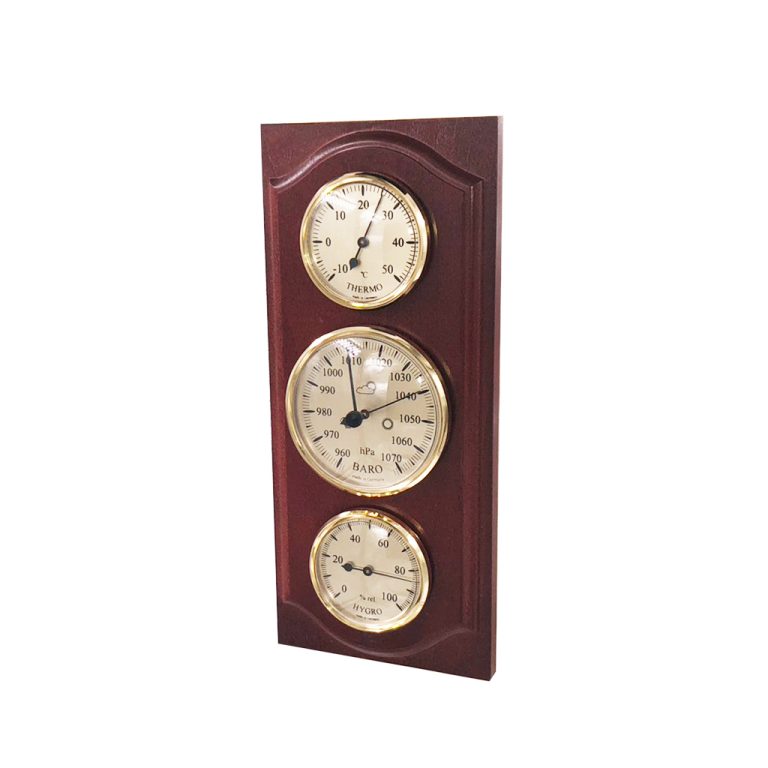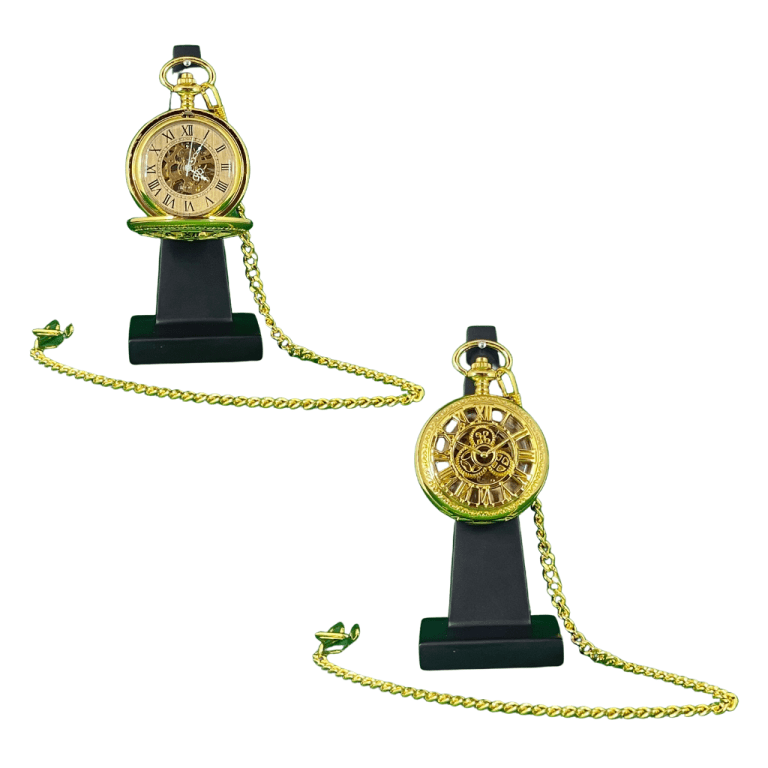The Black Forest people lived from farming and had very long winters so they started carving in the winter months, creating the wildlife seen most often on a cuckoo clock. The industry started and so it developed and still as up till today, come up with new designs and technical improvements which have made the cuckoo clock a valued work of art all over the world. This is also why the cuckoo clock history is linked to the Black Forest.
The functionality of the cuckoo clock mechanism has remained basically unchanged, with some improvements here and there depending on the manufacturer. The appearance has changed as some of the case designs and clock movements evolved in the region. The traditional Black Forest clocks were typically sold from door to door by an “Uhrenträger” (Clock peddlers) who would carry the clocks and parts on their backs displayed on large wooden frames throughout Europe. They also had an umbrella along to keep the merchandise dry while traveling.
In September of 1850, the director Mr. Robert Gerwig of the Grand Duchy of Baden Clockmakers School launched a public competition to submit designs for clock cases, which would allow homemade products to attain a professional appearance.
Mr. Friedrich Eisenlohr who was an architect at the time, was building Railway buildings along the then Badenese Rhine valley, submitted the winning design. Eisenlohr enhanced the facade of a standard railroad guard’s residence with a clock dial. This clock with a shield decorated with grapevines turned out to be the new prototype of today’s popular souvenir cuckoo clocks. Today is known as the Bahnhofsuhr.
By 1860, the Bahnhäusle style had started to develop away from its original, then with other clockmakers, the three-dimensional woodcarvings called the Jagdstück (hunting motives) a cuckoo clock carved from oak and with hunting motives, such as trophy animals, guns and powder pouches.
The cuckoo clock of today now called the railway house or in German the Bahnhäusle form. The traditional or carved cuckoo clocks that have on display all the different carved leaves, birds, deer heads, or Jagdstück design and or other animals, etc.. have become a symbol of the Black Forest that is understood anywhere in the world.
The Black forest roof came soon afterward with the roof that comes down in the front. But, what could come as a surprise however is learning that Switzerland is not in fact the home of the cuckoo clock. The only part of a German Cuckoo Clock that comes from Switzerland is the musical movement. Many of the cheaper quartz (battery) clocks on sale are made in China, South Korea, and Japan. The Black Forest region of southern Germany is where cuckoo clocks are still coming from.
What is the difference between an eight-day movement or a one-day movement?
Basically there two types of movements for cuckoo clocks.
Eight-day movement clocks only need to be wound once a week. This can be recognized by the larger weights (pine cones).
A one-day cuckoo clock runs for about 24 hours before you have to wind it again.
A cuckoo clock with three weights means that it will play music. It does not matter if it is a one or eight-day clock. One pine cone is for the time, the second weight is for the cuckoo bird and cuckoo sound, and only if there is a third weight, it will play music. So a cuckoo clock with three weights plays music, and most of the time have a special feature with moving figurines. This also means that ALL Cuckoo clocks have two weights and are mechanically driven.
Credited to:beersteincenter.de



